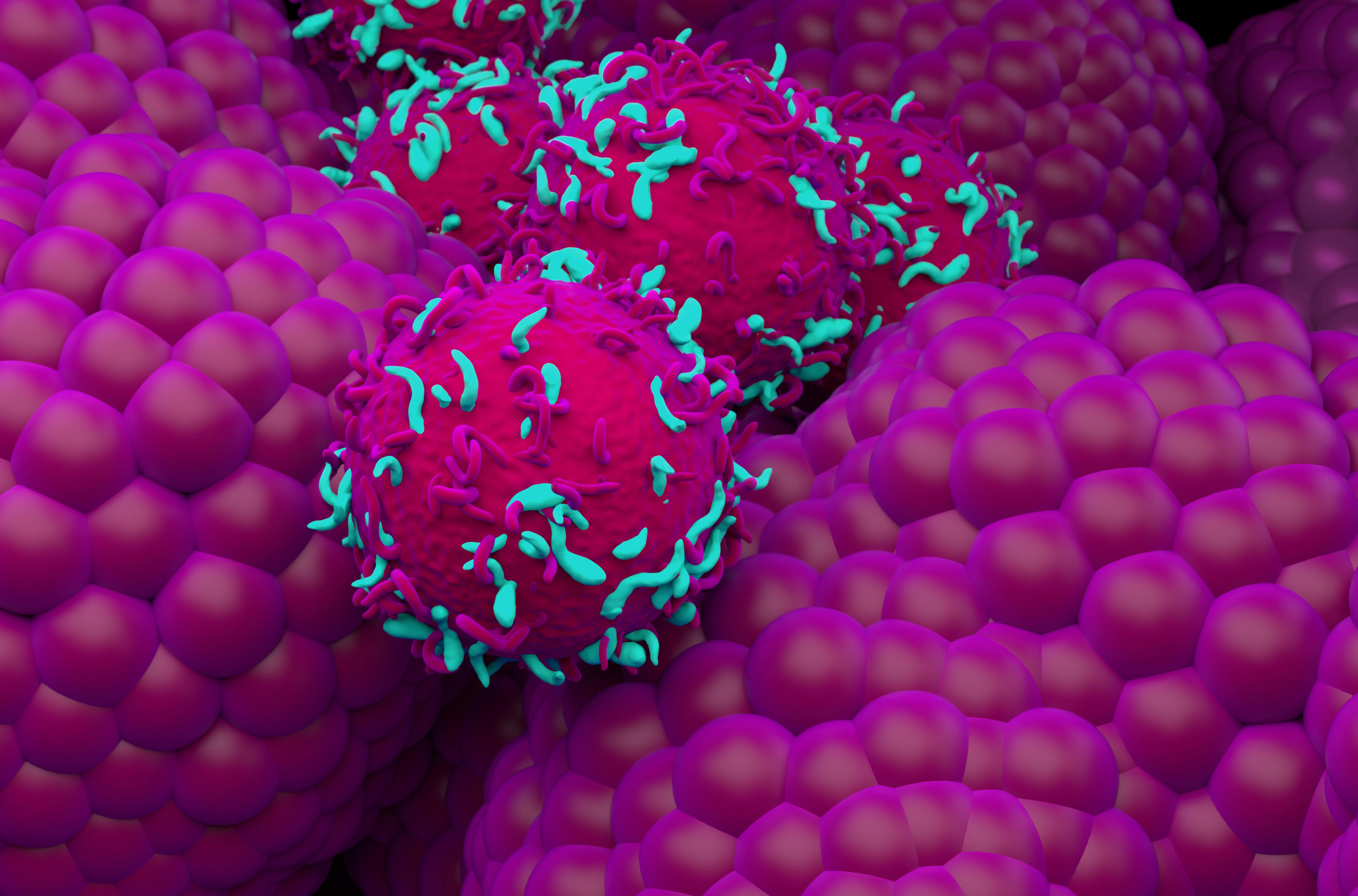Video
Economic Burden Associated with RRMM
A panel of experts explore burdens facing patients diagnosed with RRMM.
Ryan Haumschild, PharmD, MS, MBA: As we start these agents and patients more, they start to have limited duration as treatment continues. It’s not that the medications aren’t necessarily good. We’re starting to do more combination therapies, but those deeper responses that we see on the front end with many combination therapies start to be more limited. But with more innovative therapies, we’re offering patients more solutions toward the back end of their treatment. However, it does come with a higher cost. Taking that into consideration, Mr Hanna, how does the economic burden change as patients progress to relapsed or refractory multiple myeloma? If you could, add context on how the cost with multiple myeloma compares with other oncology priorities.
Kirollos S. Hanna, PharmD, BCPS, BCOP: Mr Ali and Mr Hossain mentioned 1 really good thing. When we’re offering patients therapeutic options, whether it’s the frontline or relapsed/refractory settings, we want to optimize on the depth of response. That means achieving VGPR [very good partial response] and stringent complete responses as best as we can because time to progression shortens with subsequent lines of therapy as a patient becomes more penta-refractory. When I talk to my students and residents, 1 thing I commonly mention is that multiple myeloma is a disease state that you can see in almost all of oncology, but it’s also 1 of the most expensive diseases that we treat. It’s incurable, and these patients are on therapeutics that are extremely expensive.
In recent years, we’ve seen some generics come to light. Bortezomib is available in a generic that can be administered subcutaneously. Lenalidomide is also available as a generic. We’re seeing some things that could help reduce costs, but there’s a lot going on in this space. We have CAR [chimeric antigen receptor] T-cell therapy. We have bispecific therapies, like teclistamab. We have antibody-drug conjugates, which unfortunately got withdrawn, but I don’t think it’s the end of the antibiotic-drug conjugate. As we begin to leverage pathways—and many institutions are starting to do that—myeloma is a great way to try to contain costs or at least prioritize certain therapies in the grand scheme of things.
I’m a clinician and someone who tries to focus on the economic burden of disease. But with NCCN [National Comprehensive Cancer Network] Guidelines back in the day, when you looked at the relapsed/refractory setting, there was no prioritization to clinicians once patients progressed on VRD [bortezomib, lenalidomide, dexamethasone]. They gave you everything. They gave you a category 2A, and some had category 1. But now they even try to subdivide it further, depending which therapies you’ve progressed on. Those are very important things that we have to consider.
Another thing that people are starting to consider is some of the conversations that we’ve had within this space. Even when you talk about the administration of therapeutics, you have something like daratumumab. You have an IV [intravenous] infusion formulation, and you have a subcutaneous one. Could you minimize chair time? You could do rapid daratumumab infusions—it’s only 90 minutes, give or take—and then you have a subcutaneous formulation, which could be a quick 5 minutes in that chair, depending if you want to do observation. That’s a whole other conversation. A lot of things have changed, but I don’t think the cost has significantly changed as you get further into therapy.
Going back to the importance of selecting treatment, we’re trying to pick the treatment with the best data that achieves the best response in your patient and has the longest durable remission prior to cycling through various therapeutics. I have yet to see that CAR T-cell therapies are justified in myeloma, at least in the first 3 or 4 lines, because you could give a patient 11 or 12 months off treatment post–CAR T-cell therapy but then have a very large price tag up front with CAR T-cell therapy. As things continue to shift and divide, we need better tools to help us prognosticate patients and put them in risk buckets that we briefly talked about. But we also need to differentiate the range of regimens, so we can pick that best regimen for our patients to try to lengthen their responses overall.
Ryan Haumschild, PharmD, MS, MBA: There have been many great approvals recently for multiple myeloma. It’s great to have options. But you’re right, the costs are something we have to consider. We have to figure out how we’re sequencing it and if that’s providing the best value to the patient but also health care dollars.
Transcript edited for clarity.






